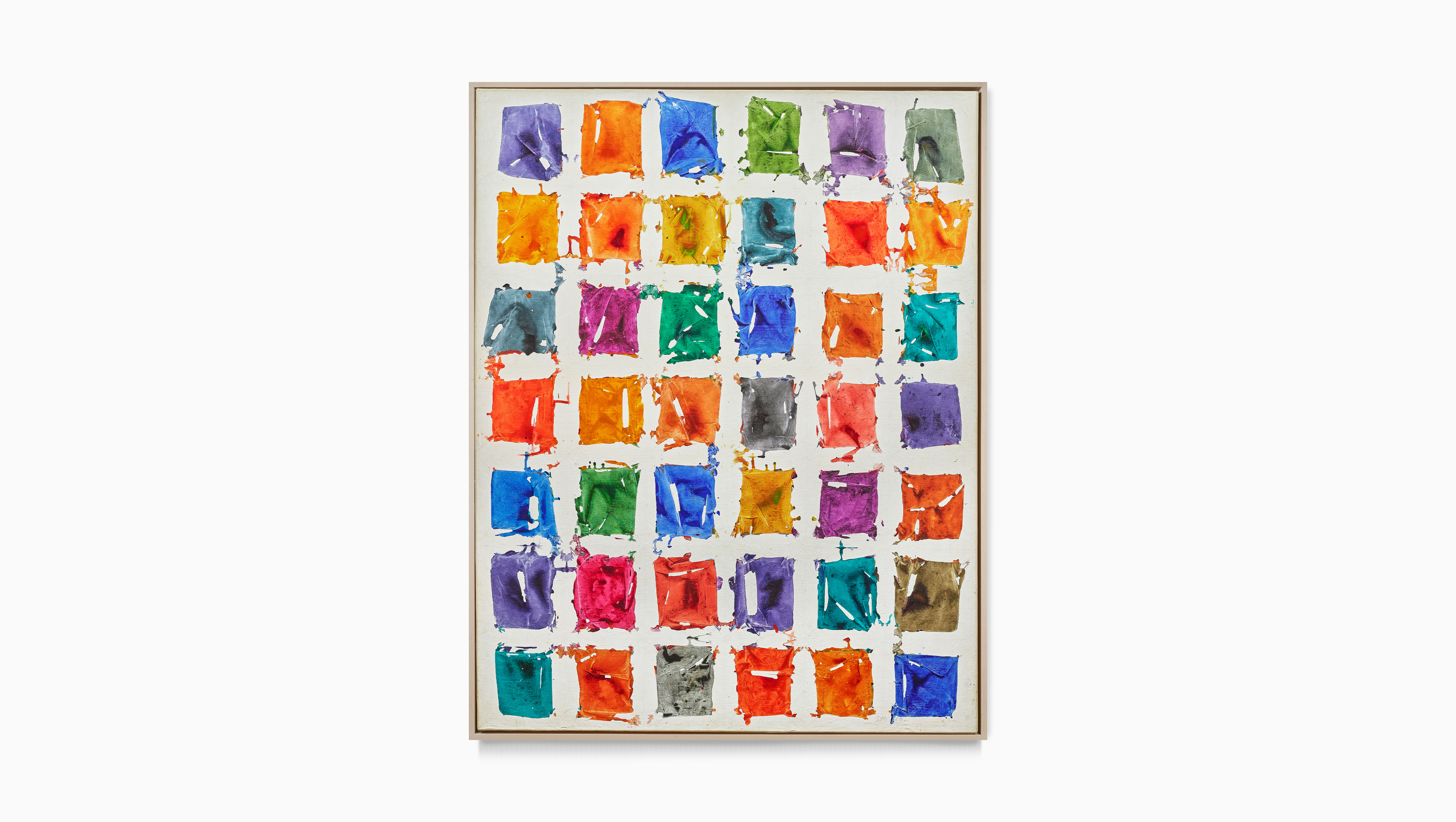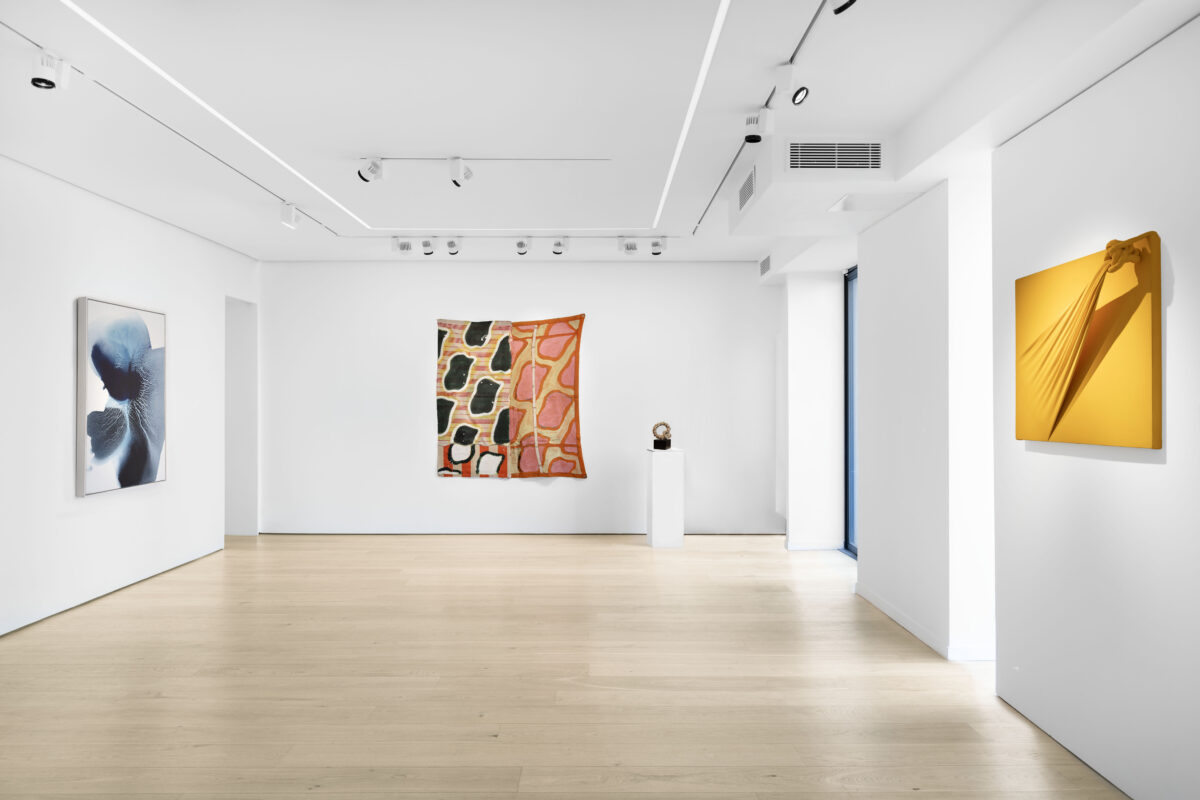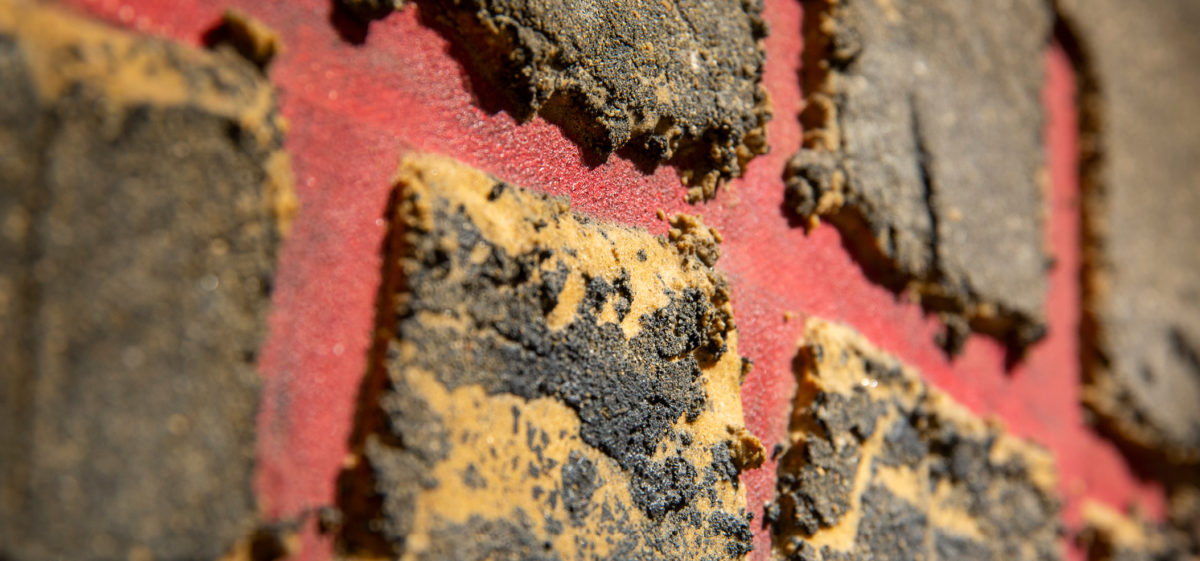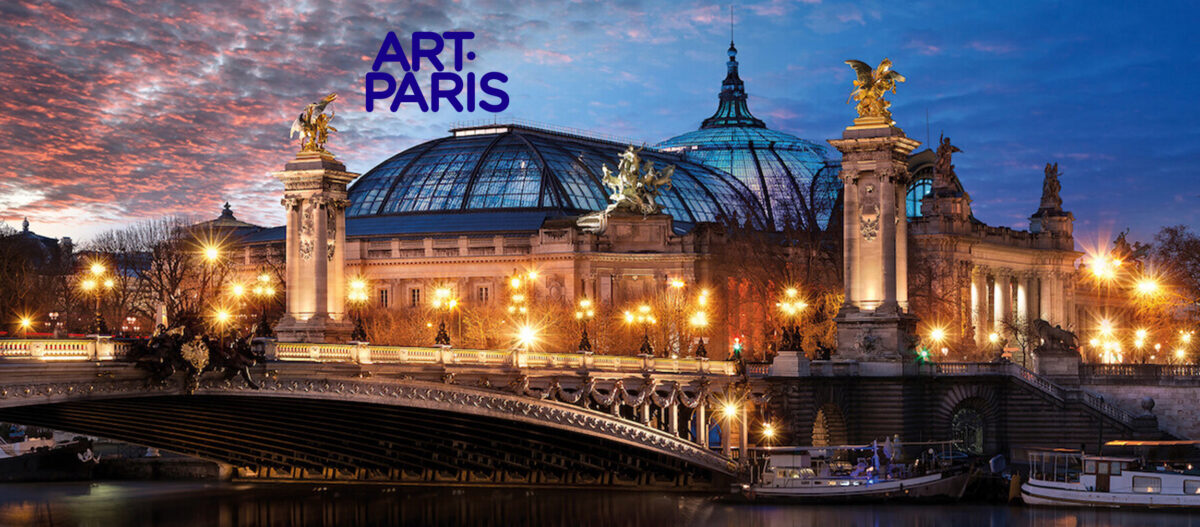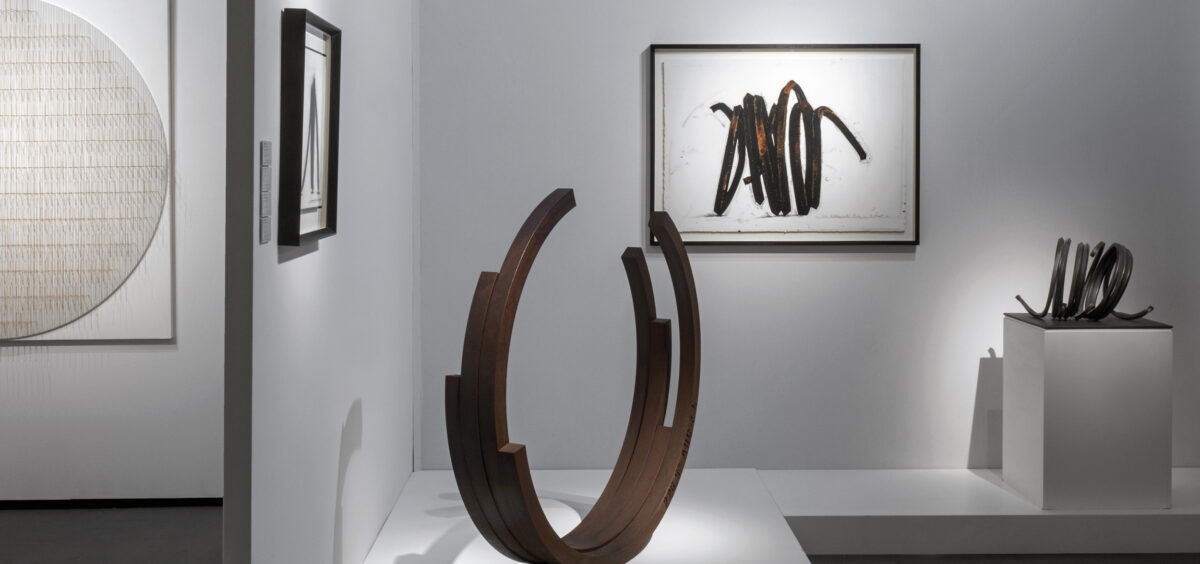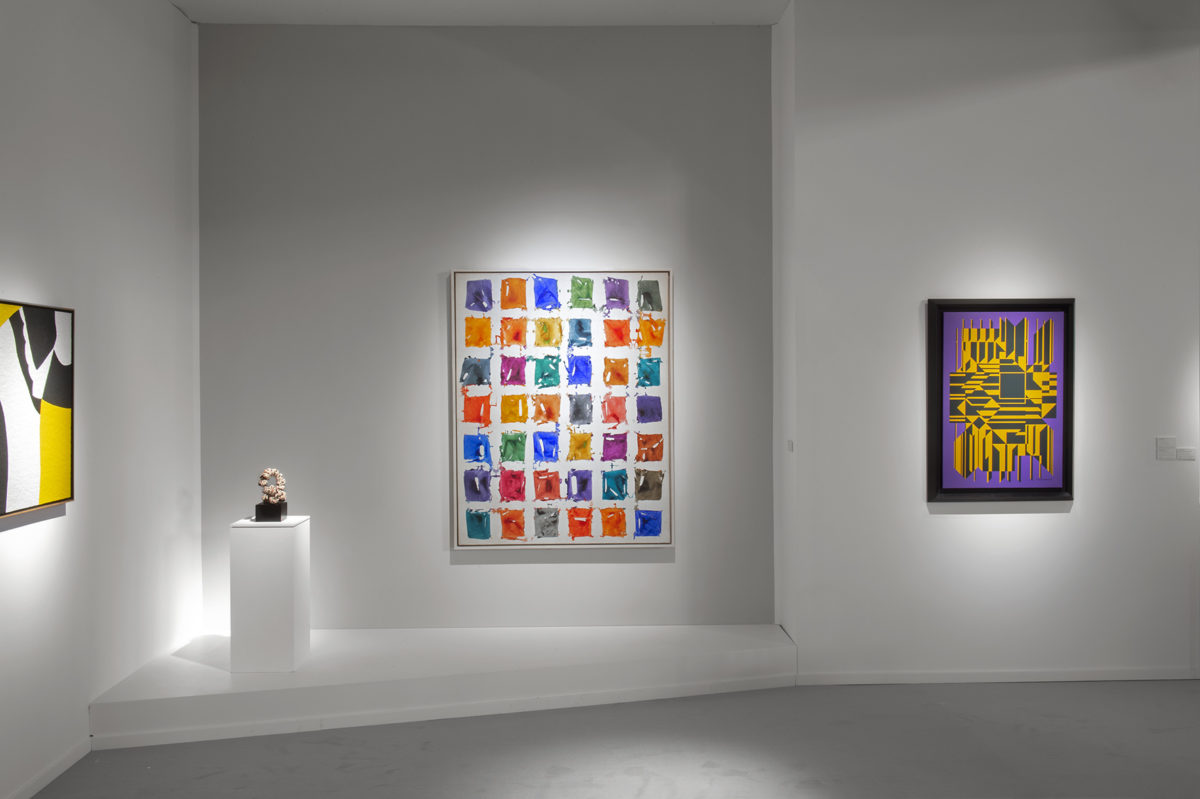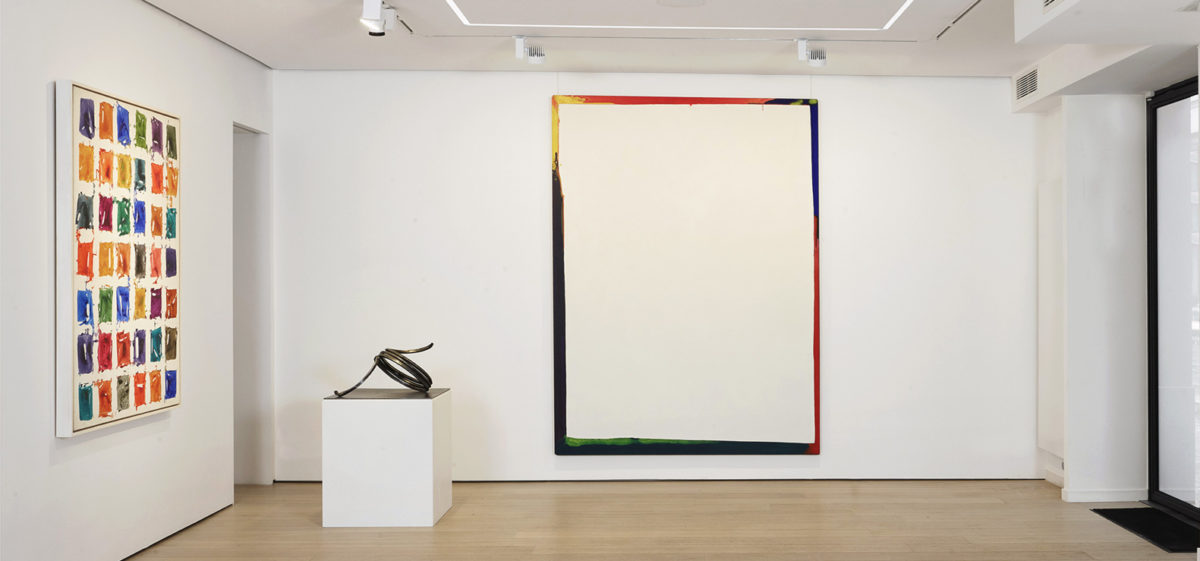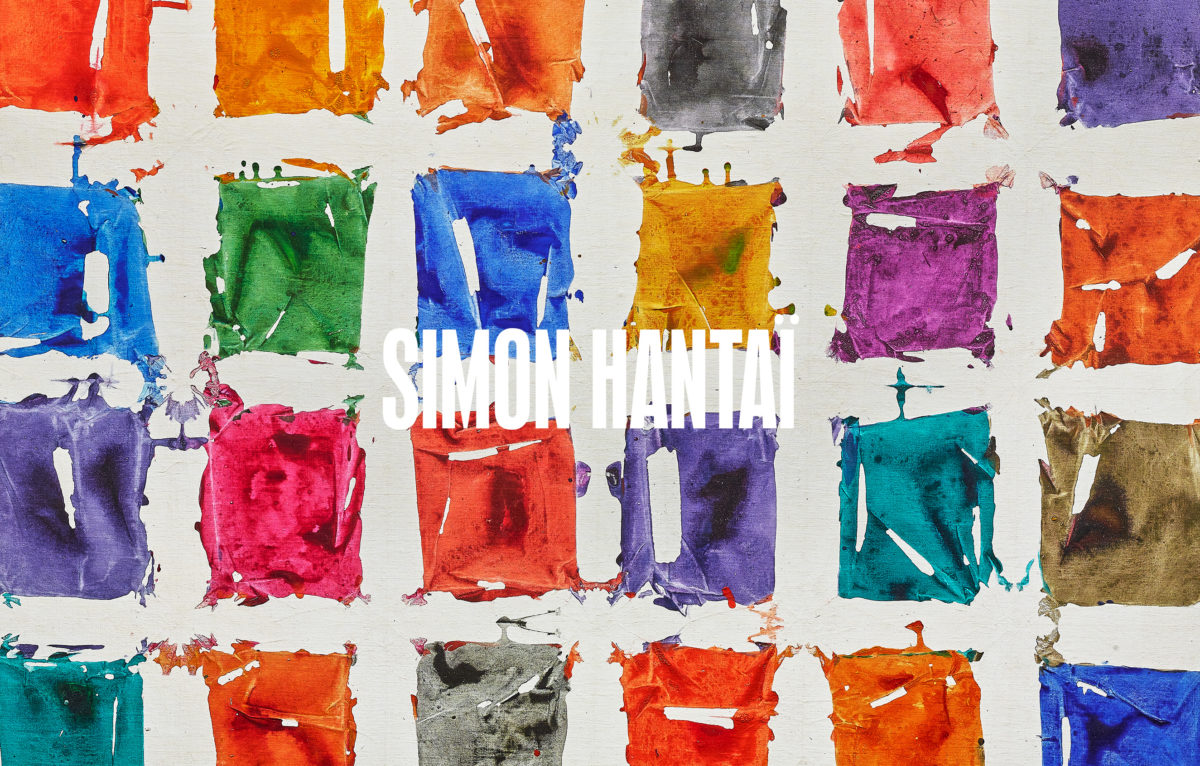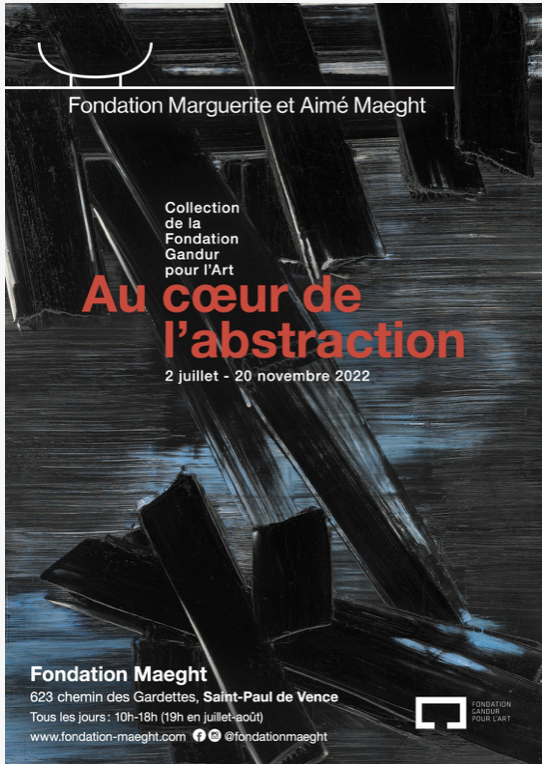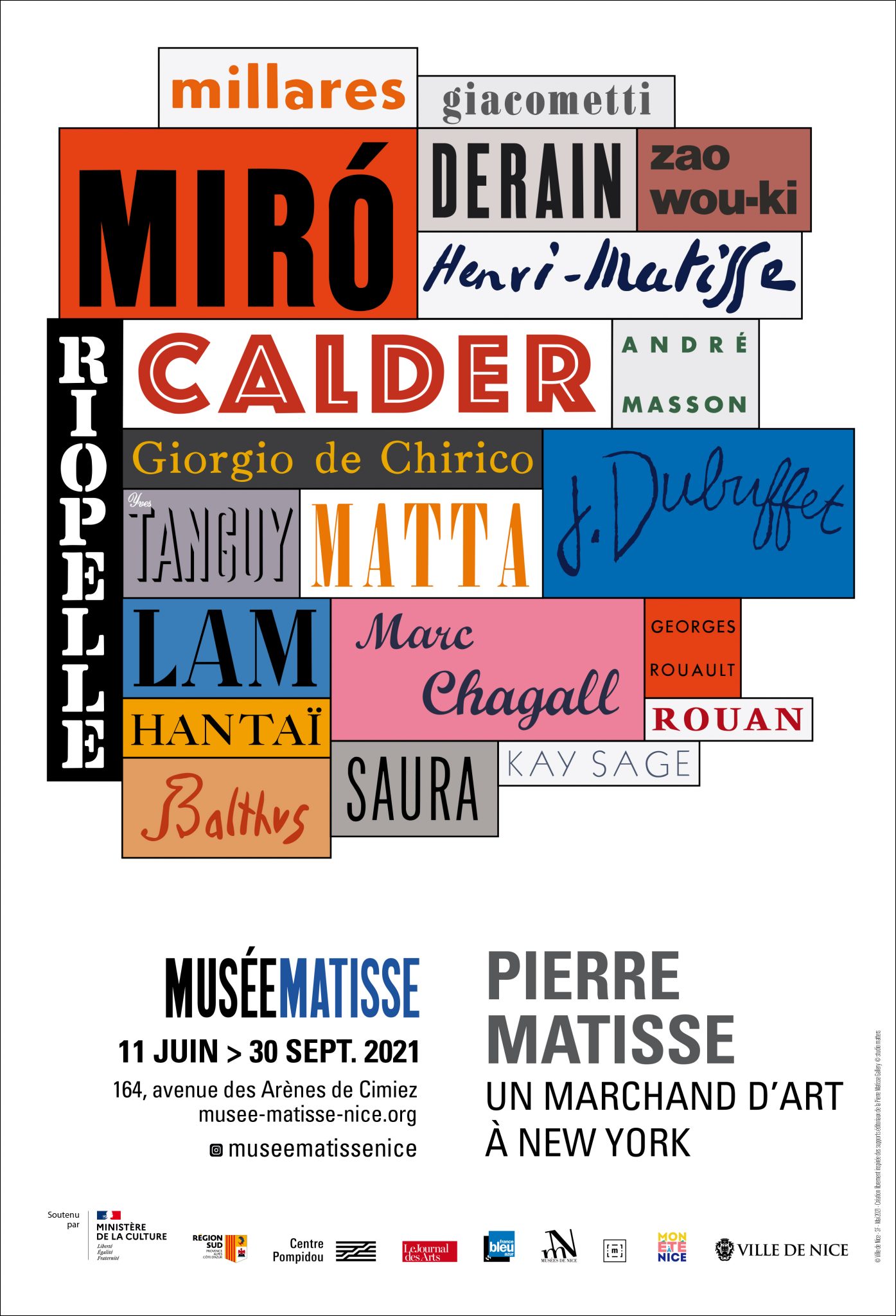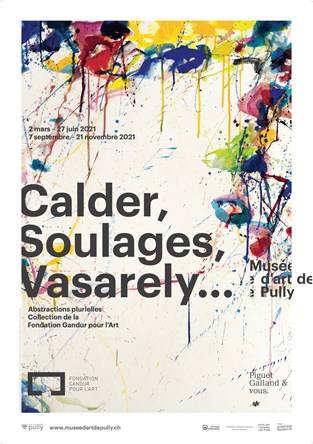Celebrated for his folding method, used as a pictorial process since 1960, Simon Hantaï produced works that paved the way for profound artistic renewals, guided by plastic research that opened to new ways of thinking about painting. In six decades, from its beginnings in post-war Paris, Simon Hantaï’s art underwent several important transformations, reflecting the spirit of research of this greatly significant painter.
Born Simon Handl in Bia in 1922, Simon Hantaï studied at the School of Fine Arts in Budapest where he obtained a scholarship in the spring of 1948 that allowed him to spend a year in Paris. Following a change of regime in Hungary, Hantaï and his wife Zsuzsa decided to settle permanently in the City of Lights, after a great trip to Italy where they discovered the masterpieces of Italian art, including the Galla Placidia mausoleum in Ravenna.
In Paris, Simon Hantaï frequented Hungarian artists, in exile like him, and was close to the Surrealist movement. André Breton hence wrote the preface to the catalogue of his first exhibition at the gallery L’Étoile Scellée in 1953. Struck by the discovery of Georges Mathieu, but especially of Jackson Pollock, the artist broke away from the surrealist movement in 1955, abandoned figuration, and directed his practice towards greater gesturality. He then started painting large-format canvases, including Sexe-Prime. Hommage à Jean-Pierre Brisset made in 1956 and presented during his second exhibition at the gallery Kleber.
The year 1960 marked a decisive turning point for the rest of Simon Hantaï’s journey as he began his research on folding. Used as a pictorial process, it allowed him to renew his way of painting entirely while establishing his singularity. This pioneering gesture gave birth to several series, each corresponding to a new folding system: the Mariales (1960-1962), the Catamurons (1963-1965) the Panses (1964-1967), the Meuns (1967-1968), the Études (1968-1971), the Aquarelles (1971), the Blancs (1973-1974) and finally the Tabulas (1973-1982). This last series was completed the year he represented France at the Venice Biennale and chose to withdraw from the artistic scene.
Through this technique, Simon Hantaï freed the canvas from its frame to give free rein to the intelligence of his hand and renounced the “privileges of talent”. Under his fingers, the folded, knotted, crumpled, deformed canvas became a living material as much as a surface to paint. Blindly, Simon Hantaï applied the paint, leaving room for unpredictability; once “freed” and stretched again, the miracle of chance could occur. At that moment only did the artist discover the work he had created: the unfolding, as a revelation, revealed the pattern of chromatic contrasts between the hidden areas, the folded segments, and the surfaces covered with paint.
Inspired by Matisse, particularly by his Nus Bleus, Simon Hantaï’s exploration of folding followed in the footsteps of the cut-up gouaches. For him however, it was the folding that acted as scissors. Through his techniques, the painter highlighted the breadth of the white space, left untouched by paint. It is these unpainted reserves that gave the space its full structure, which, by dialoguing with the colours, imbued the work as a whole with a strong spiritual dimension.
Simon Hantaï officially became a French citizen in 1966. In 1976, he was showcased in a great retrospective at the Centre Pompidou, then in a second one in 2013. His works are exhibited in some forty public collections around the world, including those of the Pompidou Centre in Paris, the Musée d’Art Moderne in the City of Paris, the Vatican Museum in Rome, the Museum of Modern Art and the Solomon R. Guggenheim Museum in New York.



